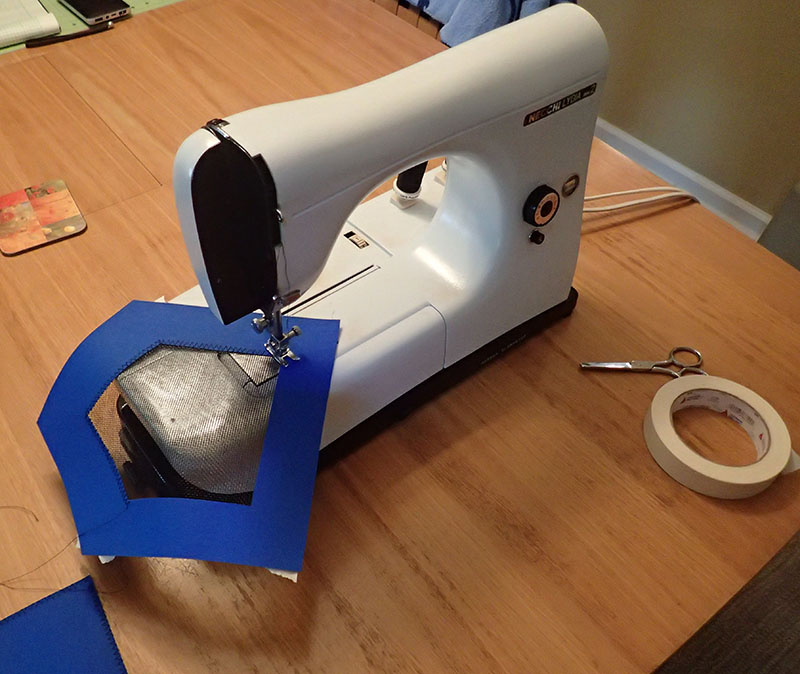What’s the difference between what you can learn at a STEM camp activity, and what you can learn by designing and creating something yourself?
Likely it’s the difference between learning facts, concepts, and generalizations (something that can be covered in a 1-2 hour lesson), and real problem-solving skills… when you’re in your own head, and figuring out how to accomplish your objective–without someone standing over your shoulder, ready to give you an easy short-cut to a solution.
Don’t get me wrong–leader led STEM activities are wonderful for introducing concepts and principles… probably in a much more effective way than you’d accomplish on your own. They’re a great way to explore and sample things you might never have tried otherwise. But building real problem-solving skills, resilience, grit, and self-confidence takes time, practice, and failure.
Yes, failure. You don’t learn as much when everything goes right. You don’t have to dig down deep and figure things out on your own.
These are challenging times. With social distancing likely to continue for months, group activities like STEM summer camp are likely to be tabled.
The bright side? There’s never been a better time to take up a hobby and try your hand at designing and creating something of your own. It doesn’t really matter what you choose to dabble in… maybe a new art media–water colors, acrylics, or even papier-mâché–maybe make your own piñata. Got a tablet and pencil? Learn some digital drawing programs, and take advantage of layers and undo options.
Can you sew? Try designing your own pocket purse, tote, organizer, or backpack. Sewing is easiest if you have access to a sewing machine, but all you really need is a needle and thread. Do you like to knit? Pick a yarn and design your own fabric. Try different stitches and see what you like. Once you’ve mastered the basics of increasing and decreasing stitches, you can design your own things.
Like butterflies? Try rearing some caterpillars this summer. Check out my STEM page for Plant it and They will Come: a guide to rearing butterflies and (maybe) observing the magical moments of metamorphosis.
The possibilities are endless. There are lots of you-tube videos on the internet to teach you the basics.
Want to build something? How about designing and making your own kite (plastic sheeting, some twigs or bamboo, tape and twine), catapult (see Build a Cardboard Catapult on my Putney’s Projects page, or maybe make one out of PVC), or cardboard boat (cardboard, duct tape, and plastic table cloths)–to name a few.
The secret to success: start small, with a minimum viable product (MVP), then evaluate your results. You’ll learn faster, and build skills more quickly.
Rapid prototyping is a great technique for quickly refining design concepts, figuring out what’s essential, and what’s not. For a real-life example applied to the design of sit-upons, check out my book, Putney and the Magic eyePad. You know–a sit-upon–that thing you made in Girl Scouts to sit upon? Ours used to be made of oil cloth and newspaper. I came up with some new ideas using modern materials readily at hand.
Want something different for entertainment? Try designing your own game–maybe even a board game. My niece and I designed our own Harry Potter trivia board game back before book 7 came out. There were lots of creative challenges to solve there.
Got a problem to solve? Channel your inner MacGyver, and harness your creativity to figure out how to meet that need with what you have on hand. Guess what? Having limited resources is actually one of the best environments to foster true creativity and thinking outside the box.
Take advantage of ‘sheltering in place’ to kick your creativity and problem-solving skills up a notch.
Self-directed hobbies are what helped me to survive and thrive in engineering. Maybe they can help you too! There’s never been a better time to try your hand at some new skills!
Cheers! Let me know what hobbies you enjoy!
MK Tufft

